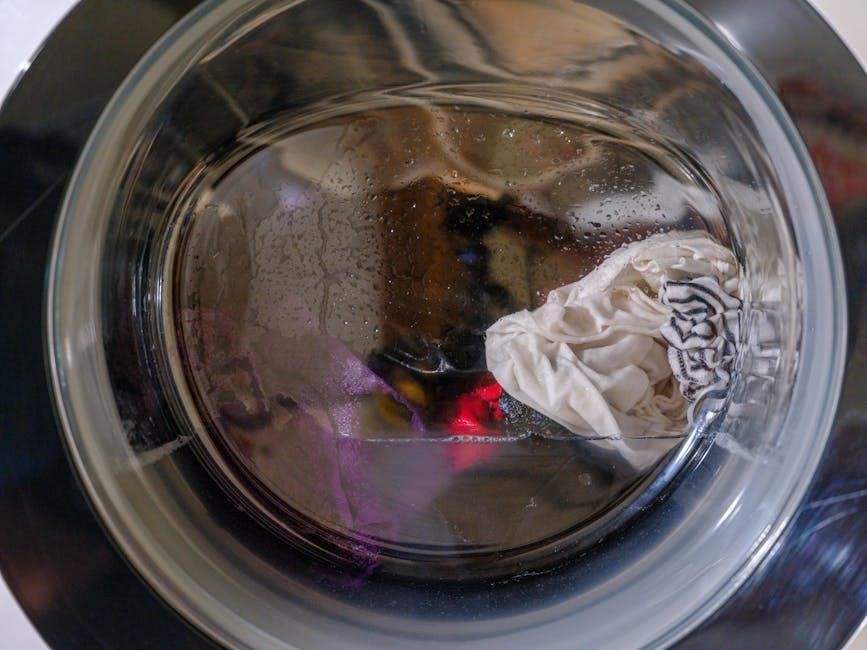Learn about the Clean 15 and Dirty Dozen lists, which help consumers make informed choices about produce and pesticides, with the Environmental Working Group’s guidance on healthy eating habits every day online.
Definition of Clean 15 and Dirty Dozen
The Clean 15 and Dirty Dozen lists are defined as guides to help consumers navigate the world of produce and pesticides.
The Clean 15 refers to the top 15 conventional fruits and vegetables that have the lowest amounts of pesticide residues,
according to the Environmental Working Group’s analysis of USDA data.
On the other hand, the Dirty Dozen list consists of the top 12 conventional fruits and vegetables that have the highest amounts of pesticide residues.
These lists are designed to provide consumers with the information they need to make informed choices about the produce they buy.
By understanding the definitions of the Clean 15 and Dirty Dozen, consumers can take steps to reduce their exposure to pesticides and make healthier choices.
The lists are based on data from the USDA and FDA, and are updated annually to reflect the latest information on pesticide residues in produce.
Overall, the Clean 15 and Dirty Dozen lists are valuable tools for consumers who want to eat healthy and reduce their exposure to pesticides.
The lists are widely available online and can be downloaded as a pdf for easy reference.
They are also a great resource for shoppers who want to make informed choices about the produce they buy.
The Clean 15 and Dirty Dozen lists are an important part of a healthy diet and lifestyle.

Understanding the Lists
Consumers can use the lists to make informed produce choices and reduce pesticide exposure with online resources and pdf guides available every day for healthy eating habits and lifestyle.
Purpose of the Lists
The purpose of the Clean 15 and Dirty Dozen lists is to provide consumers with information about pesticide residues on produce. The lists are designed to help consumers make informed choices about the produce they buy and eat. By knowing which fruits and vegetables have high levels of pesticide residues, consumers can choose to buy organic versions of those items. The lists are also intended to raise awareness about the importance of reducing pesticide exposure. According to online resources and pdf guides, the lists are based on data from the USDA and FDA, and are updated annually to reflect changes in pesticide use and residue levels. The lists can be a useful tool for consumers who want to eat healthy and reduce their exposure to pesticides. With this information, consumers can make informed decisions about their produce choices and take steps to protect their health. Online resources and pdf guides are available to help consumers understand and use the lists effectively.

Environmental Working Group’s Role
The Environmental Working Group creates and updates the Clean 15 and Dirty Dozen lists annually using USDA data online every year for consumer guidance and health safety purposes always.
How the Lists are Created
The Environmental Working Group uses data from the United States Department of Agriculture to create the Clean 15 and Dirty Dozen lists. This data is collected through regular testing of fruits and vegetables for pesticide residues. The group analyzes the data to determine which produce has the highest and lowest levels of pesticide residues. The lists are updated annually to reflect any changes in pesticide use and residue levels. The Environmental Working Group also considers factors such as the type of pesticide used, the level of residue found, and the potential health risks associated with each pesticide. By using this data and analysis, the group is able to provide consumers with accurate and reliable information about the produce they buy. The lists are designed to help consumers make informed choices about the produce they purchase and to promote healthier eating habits. The process of creating the lists involves careful analysis and consideration of multiple factors.

Importance of Buying Organic
Buying organic produce reduces exposure to pesticides and supports sustainable farming, with
numerous health benefits for consumers and the environment every day online always.
Benefits of Choosing Organic Produce
The benefits of choosing organic produce are numerous, with a significant reduction in exposure to pesticides and other harmful chemicals being a major advantage.
Organic farming practices also promote sustainable agriculture and support local farmers, which can have a positive impact on the environment and the community.
Additionally, organic produce is often higher in nutrients and antioxidants, making it a healthier choice for consumers.
By choosing organic options, individuals can also help to reduce their carbon footprint and support environmentally friendly farming methods.
Overall, opting for organic produce can have a range of benefits, from improved health and wellbeing to environmental sustainability and community support.
With the Clean 15 and Dirty Dozen lists, consumers can make informed choices about which produce to buy organic and which conventional options are safe to choose, helping to maximize the benefits of organic produce.

Dirty Dozen List
The Dirty Dozen list includes fruits and vegetables with high pesticide residues, guiding consumers to make informed choices about their produce purchases every day online with helpful information.
Examples of Fruits and Vegetables on the List
The Dirty Dozen list features a variety of fruits and vegetables that have been found to have high levels of pesticide residues; Some examples of these include strawberries, spinach, and kale, which are commonly consumed and may contain multiple types of pesticides. Other items on the list include peaches, pears, and apples, which are popular fruits that may be contaminated with pesticides. The list also includes grapes, cherries, and blueberries, which are often eaten fresh or used in products like jam and juice. Additionally, green beans and hot peppers are also on the list, highlighting the importance of choosing organic options for these items. By being aware of the fruits and vegetables on the Dirty Dozen list, consumers can make informed choices about their produce purchases and reduce their exposure to pesticide residues. This information can be used to guide shopping decisions and promote healthier eating habits.
